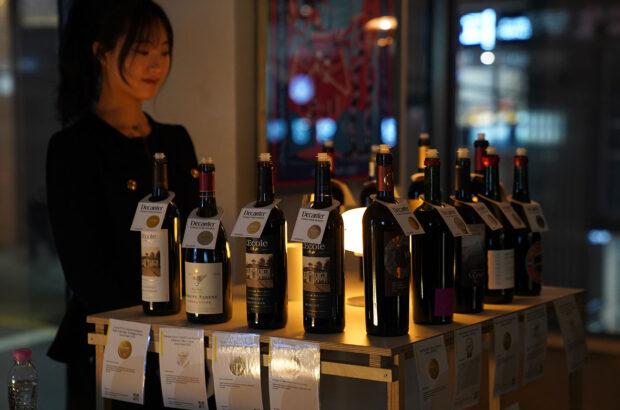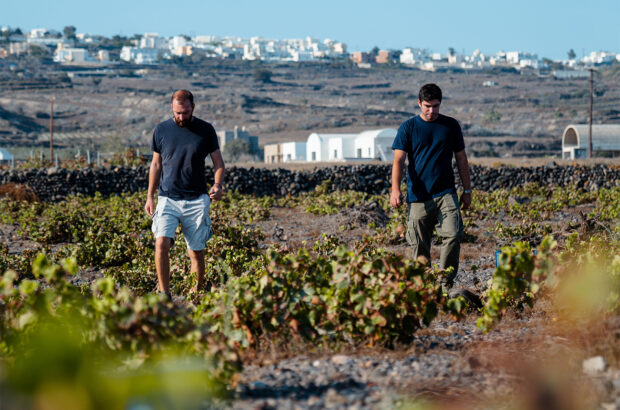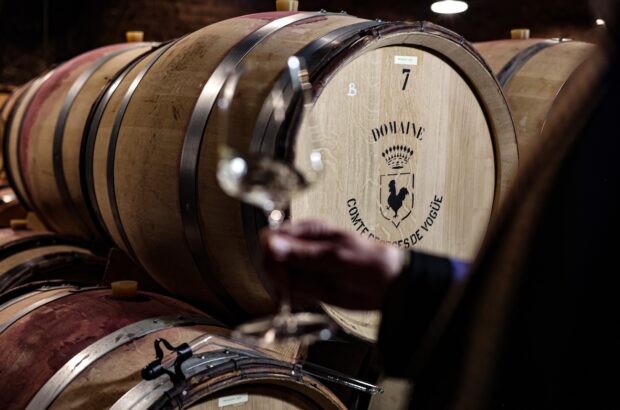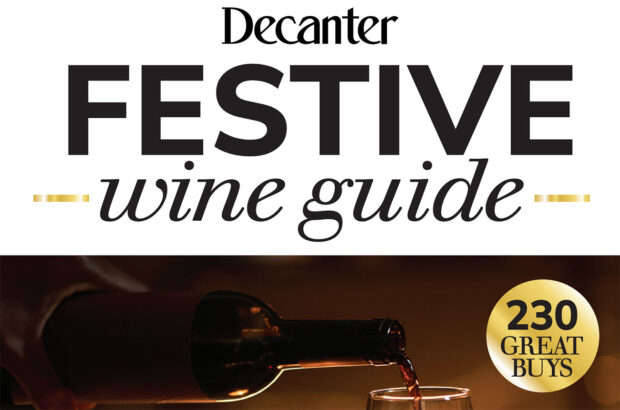In the past, there were collectors and experts interested in associating a vineyard’s name with an expected taste; today, there is a growing group of wine lovers who tend to link the organoleptic and sensory characteristics of a wine not only to a vineyard or label but also to experiences tied to the beauty of the locations, their environmental integrity, and the memories created during visits to the origin territory.
UGAs (short for ‘Unità Geografiche Aggiuntive’ and pronounced ‘ooh-gah’) are specific to Italy and are designed to capture the essence of a territory. Known pre-2016 as MGAs (‘Menzione Geografica Aggiuntiva’), they represent delimited geographical areas within a larger zone – for example, the Barolo MGA of ‘Vignarionda’ in the township of Serralunga d’Alba.
An integral part of the production regulations of the corresponding DOC or DOCG, the specified name of an area can only be indicated on the label if the wine in question is obtained from grapes sourced from that particular UGA.
If one wants to find a parallel with the French system, the UGAs would be closer to the concept of lieu-dit: unlike the French cru, or the Italian subzone – which both impose more restrictive regulations and as a result denote a higher ranking of quality than the basic appellation –UGAs do not have any specific hierarchical classification.
The indication of a UGA on the label of a bottle of wine does not typically impose stricter rules to the vigneron (although the new Alto Adige MGAs look set to change that) and neither does it proclaim superiority over a generic bottling; it merely demonstrates place, while quality is tied to the skill of the producer.
The words of Giovanni Manetti, president of the Chianti Classico DOCG consortium, speaking to Decanter, are crystal clear:
‘The guiding philosophy of the UGAs is profoundly different from that of Burgundy. While in Burgundy the designation of the crus aims to identify very limited but qualitatively excellent portions compared to the rest of the designation, the UGAs of Chianti Classico were designed as a new geography for the entire designation.
‘In fact, the UGAs do not aim to identify specific places but represent a horizontal division of the Chianti Classico territory, without any desire to create a qualitative pyramid, which for our designation is represented by the three different typologies: Annata, Riserva and Gran Selezione.’
Recognition of terroir is a crucial factor in wine quality, and a direct consequence is consumer demand for unique wines that tell a story. UGAs provide a way to celebrate this by allowing consumers to understand the provenance of the grapes and stimulate a deeper interest in the values of the territory. Additionally, UGAs allow producers to differentiate themselves and their ranges, creating distinctive brands that attract both enthusiasts and investors.
What purpose does it serve to indicate a UGA on the label?
Primarily, designating a UGA on the label serves to more precisely highlight the origin of a wine and to emphasise certain qualitative and quantitative characteristics.
‘In our case,’ says Andreas Kofler, president of the Alto Adige DOC consortium, ‘the main goal was to delineate climatically and geologically homogeneous areas, also taking into account historical references such as the old cadastral map of Maria Teresa from 1858. Each delimitation system has its own peculiarities, and ours also reflects the specifics of the Alto Adige territory.
‘Unlike Burgundy or Barolo, where multiple crus are identified for a single variety, our approach has been to associate the most suitable varieties with each area, according to studied criteria. This way, we offer the consumer greater security: agronomists and oenologists have carefully studied which variety expresses itself best in each single UGA, maximising the specific characteristics of each UGA.’
In 2010, Barolo settled mostly on historical names for the 181 MGAs that were identified – names that enthusiasts already recognised and associated with high quality. Therefore, regulating the MGAs served to formalise existing practices with the aim of further enhancing the viticultural heritage.
‘I don’t believe that the introduction of a regulatory framework will necessarily lead to an increase in the prices of wines from a geographical unit,’ states Eduard Bernhart, director of the Alto Adige consortium.
‘However, with the implementation of new regulations and the consequent reduction of DOC quantities to 25% for UGA wines, in some cases the production of bottles will decrease. This could, in the long term, affect prices.’
Manetti notes that ‘With the UGAs, the Chianti Classico Gran Selezione wines are better identifiable and, therefore, recognisable in the market, allowing the consumer to assign, in the medium to long term, an added value to the purchased bottle.’
Is the proliferation of UGAs beneficial for consumers?
The increasing demand from consumers to know the origin of the territory from which a product comes can only find answers in more accurate and reliable communication systems, to which the UGAs effectively respond, however understanding all of the UGAs in the short term can prove a bit of a headache.
Most consortia have developed new maps and ‘origin pyramids’, and run informative seminars and masterclasses. Some – as in the case of Alto Adige – have created a pictogram, a distinctive visual element that allows for clear differentiation between the wines of a geographical unit and those with fanciful names, while simultaneously creating a common visual identity for all UGA wines from the region.
When did it all start and how many UGAs are out there?
We could draft a long list of denominations that are evaluating or awaiting approval for the UGA system, but it is in continuous evolution.
2007 saw the official introduction of the first MGAs in Barbaresco (66), followed by its neighbour Barolo in 2010 (181). That same year, the Conegliano Valdobbiadene Prosecco Superiore consorzio identified 43 MGAs, called ‘Rive’. In 2013 it was Soave’s turn, with 33 UGAs highlighting the terroir differences within one of the largest white wine terroirs in Italy. And in 2014, Chianti Classico nominated 11 UGAs.
More recently, Franciacorta began the process of including 134 UGAs in its regulations in 2016, but is still awaiting validation. Alto Adige announced 86 UGAs last year, and Vino Nobile di Montepulciano’s 12 UGAs, known as ‘Pieve’, come into effect this year.
It is worth mentioning the 12 UGA of Sangiovese Rocche di Romagna. Consorzio director Filiberto Mazzanti explains that they are actually based on a sub-zone production regulation approved by the Ministry of Agriculture, designed to highlight the areas with higher values, making it more similar to the Burgundy cru system than other MGA.
The proliferation of MGAs/ UGAs in Italian wine regions is a clear sign of a paradigm shift in thinking, as well as a testimony to the maturity of Italian denominations that are catering to a more discerning drinker.






